
Chili Sauce Sweet Chilli Sauce OEM Thai Style Sweet Chili Sauce Halal BRC Wholesale Best Brandsred Pepper Hot Spicy Paste


Custom Printed Tomato Sauce Plastic Packaging Film For Ketchup Packets Tomato Paste Packaging Materials






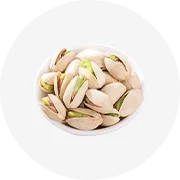

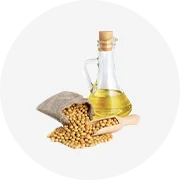



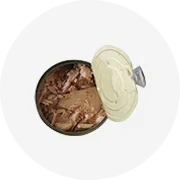
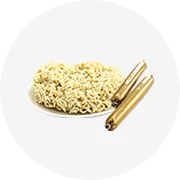

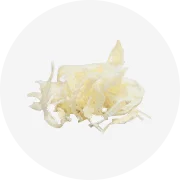



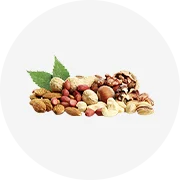

A tomato paste is a rich, thick concentration made by cooking tomatoes for several hours to eliminate moisture, then straining to clear the seeds and peel. Commercial tomato paste frequently contains salt and a stabilizer, such as citric acid. More robust alternatives include double-concentrated tomato paste and triple-concentrated varieties. Everything from stews, casseroles, and pasta with tomato paste gets complexity and body from its rich flavor.
The Amish paste tomato resembles a Roma tomato but is considerably more robust and has both sweet and acidic undertones. The Opalka is a tall, thin heirloom tomato from Poland that produces enormous clusters of three to four-inch dense, tasty fruits. The Opalka tomato is appealing among cooks because of its sweet flavor and nearly seedless interior. San Marzano tomato seeds are few, and this tomato has a low water content that works well when reducing it to a thick sauce.
Check the concentrate percentage the next time consumers go for that tomato paste tube or can. Some products will have a dual concentration label and include roughly 28% solids, commonly known as brix. Consumers may lean toward tomato paste can without preservatives. Sugar content also has an impact. There are now, however, tomato paste products with no added sugar. Concentration affects shelf life as well. For instance, canned tomato paste that has been triple-concentrated lasts far longer than single-concentrated. Good tomato paste is homogeneous. The paste contains impurities like starch and squash or other vegetables if customers observe dark spots if the paste is uneven.
Cold break and hot break processes for making tomato paste differ in the heat level the tomatoes get and how long it spends at that temperature. The fresh tomatoes must be heated quickly to a high temperature after chopping to make a hot break paste. Tomato sauces that require 28 to 30 degrees brix use it. Meanwhile, cold break paste, used for triple concentration paste at 36 to 38 degrees brix, have fresh, sliced tomatoes cooked at a lower temperature.